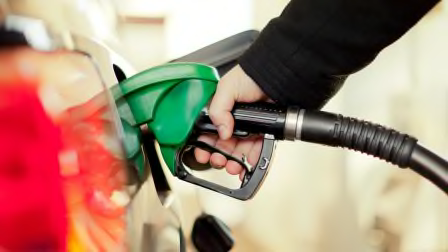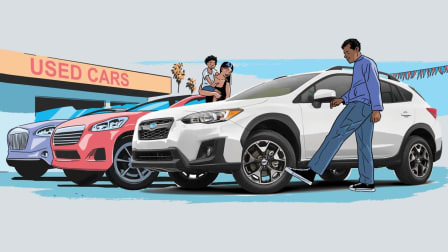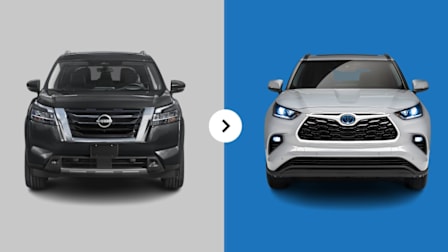When's the Best Time of Day to Buy Gas in Your Town?
CR tests whether a fuel fill-up during hot temperatures makes a difference

You may have heard that it’s better to buy gasoline first thing in the morning rather than in the heat of the day. That’s because mornings tend to be cooler, and like all liquids, gasoline expands when heated. It sounds logical—but is it true or just an urban legend? With March temperatures in Phoenix breaking a 35-year record, this topic is sure to come up.
We conducted our own tests and interviewed experts, and found that although the basic facts are correct, the advice is not. Gasoline expands and contracts a little depending on its temperature. When it rises from 60° F to 75° F, for instance, it increases in volume by 1 percent while the energy content remains the same.
But filling stations typically store their gasoline in underground tanks, where the temperature variation during the day is much less than in the air above. The result is that the temperature of the gasoline coming out of the fuel nozzle varies very little, if at all, during any 24-hour stretch at any particular gas station.
What We Did
We did some temperature testing at the Consumer Reports Auto Test Center in Colchester, Conn., where we have an underground fuel tank similar to what’s found at a typical filling station. Over a few summer days, we measured the temperature of each gallon leaving our dispenser nozzle both in the morning (8:30 a.m.) and early afternoon (12:30 to 1 p.m.).
What We Found
While the air temperature between fillings varied by up to 12° F, the fuel in our underground tank stayed at a steady 62° F. As a result, we found that after the first few gallons were pumped, the fuel temperature coming out of the nozzle varied very little between morning and afternoon.
At both morning and afternoon fill-ups, however, the first few gallons out of the nozzle were notably warmer than the following gallons. The temperature between the first and tenth gallons, for example, dropped by 8° F to 17° F. This was a result of the gas sitting in the pump dispenser, which was warmed by the sun. At our underground tank, which stores premium fuel, it’s not unusual for the gasoline to sit for hours or even days between fill-ups—unlike a typical filling station tank, which may be replenished every day or even more often. After pumping a car tankful of gas, 20 gallons or so, the temperature had declined to that of the underground tank.
For consumers, this indicates that you could be marginally better off getting gas when the fuel hasn’t been sitting in a sun-warmed pump assembly for very long, regardless of the time of day. But that only holds true if the underground tank is keeping the fuel cold. As Dugan says, that’s often not the case. Today’s double-walled tanks work just as well at keeping fuel warm as keeping it cool. If fuel is warm when it’s delivered to a station, it’ll still be warm when it’s sold a few hours later, whether that’s 5 in the morning or 2 in the afternoon.
The Bottom Line
Even with the temperature swings we saw in the first few gallons pumped at our facility, we didn’t see a big penalty for consumers. A 15-degree difference, for example, would result in a 1 percent gain in volume. That’s just a few cents’ difference in the first gallons pumped—not enough to change your schedule or routine in chasing costs, especially if it might increase your fuel consumption in the pursuit.




















